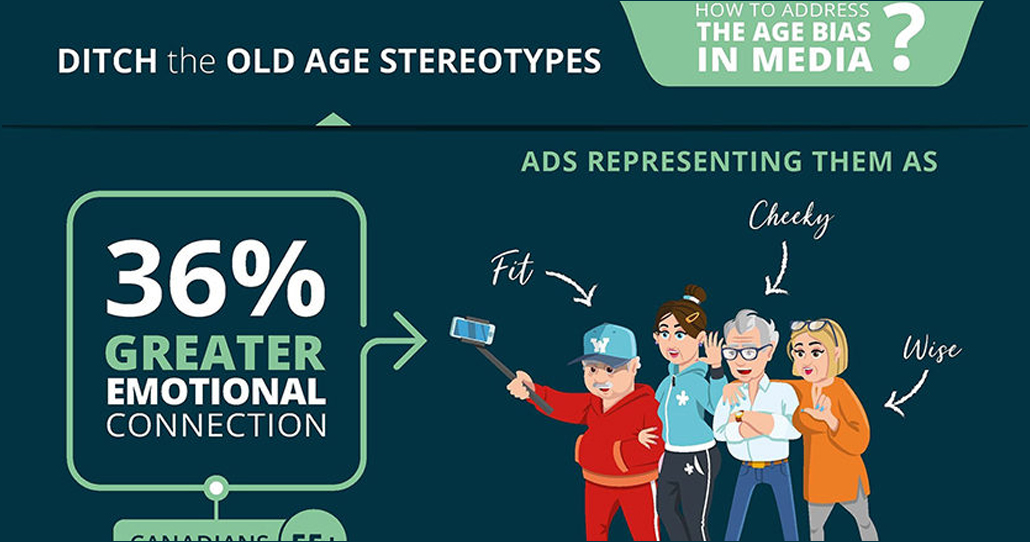Each of your 55 or better clients has different financial needs and goals. Some may be motivated to give a loved one a gift of a lifetime by helping with a down payment on their first home. Other clients may want to pursue their passions and interests or travel while maintaining their desired lifestyles in retirement. Others may still be interested in investing in their home by making repairs, refreshing their décor, or renovating with the goal of aging in place. By listening carefully to what your client is telling you – directly and indirectly – you can better identify their needs and provide them with the best advice for their situation.
While various scenarios warrant a discussion about a reverse mortgage, HomeEquity Bank has found that individuals who use the CHIP Reverse Mortgage typically fall within four groups based on their financial needs:
- To alleviate the stress of debt.
This client may need help paying credit card bills or making mortgage payments. Additionally, they may be putting their children’s needs above their own and helping with the down payment on a home. They do not want to dip into their savings or investment portfolio. - Pay for unplanned expenses.
This client may have encountered an unexpected home repair, such as fixing a leaky roof, needing to retrofit their home for mobility reasons or hiring in-home healthcare assistance. - Want to live life to the fullest.
This client is aged 55+, and like many retired Canadians, they finally have the time to pursue the things they always wanted to do – however, they do not have the funds to support these activities. This client may wish to purchase a vacation property or visit more family and friends out of town. - Maintain standard of living.
This client needs help adjusting their lifestyle after retirement. They may be experiencing a shortfall in their retirement funds as they try to maintain their accustomed lifestyle.
If your clients relate to any of the above scenarios, recognize those challenges and offer a solution that allows your clients to move forward confidently using the CHIP Reverse Mortgage. To learn more about how the CHIP Reverse Mortgage by HomeEquity Bank can help, find a BDM near you.









